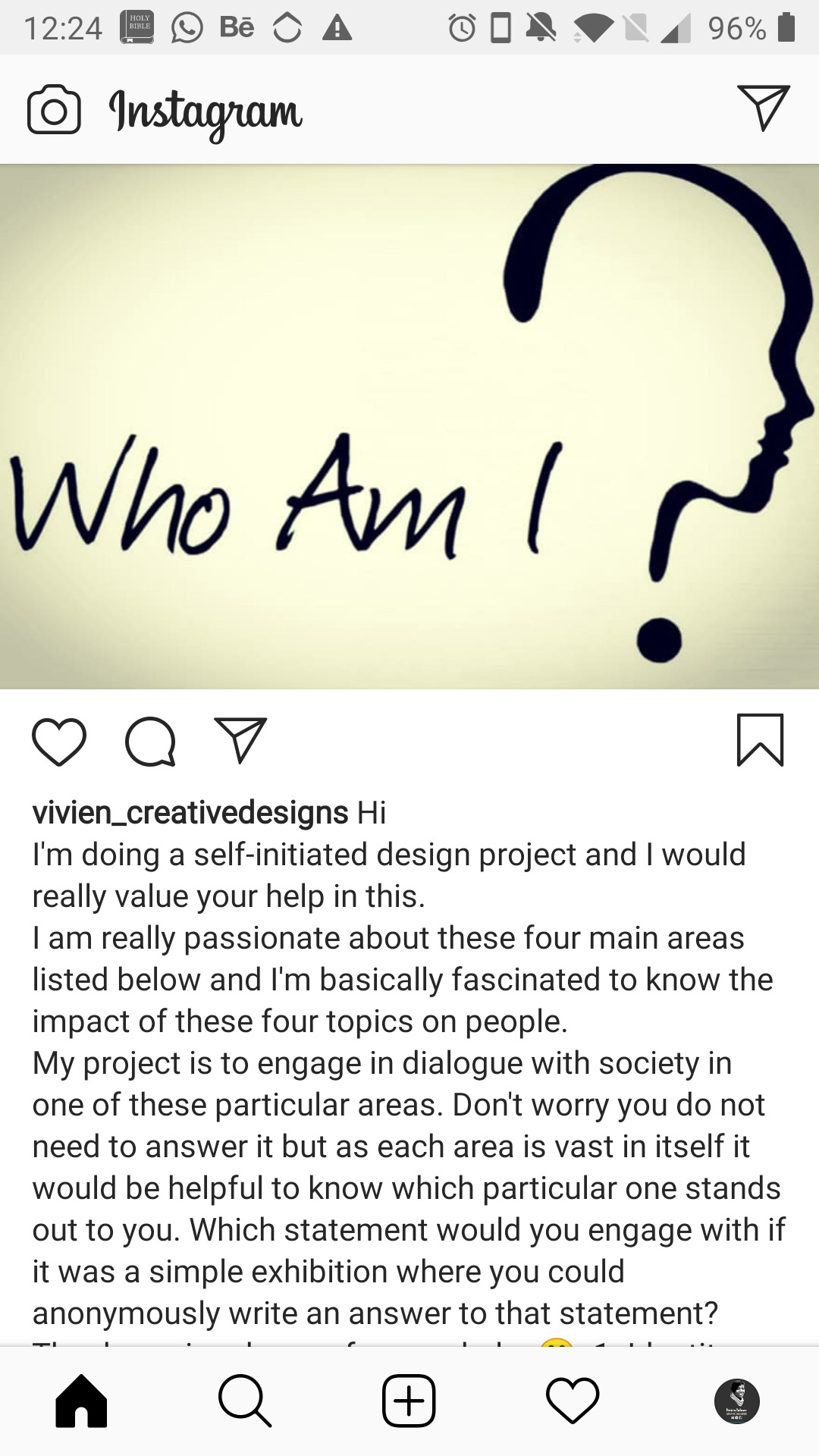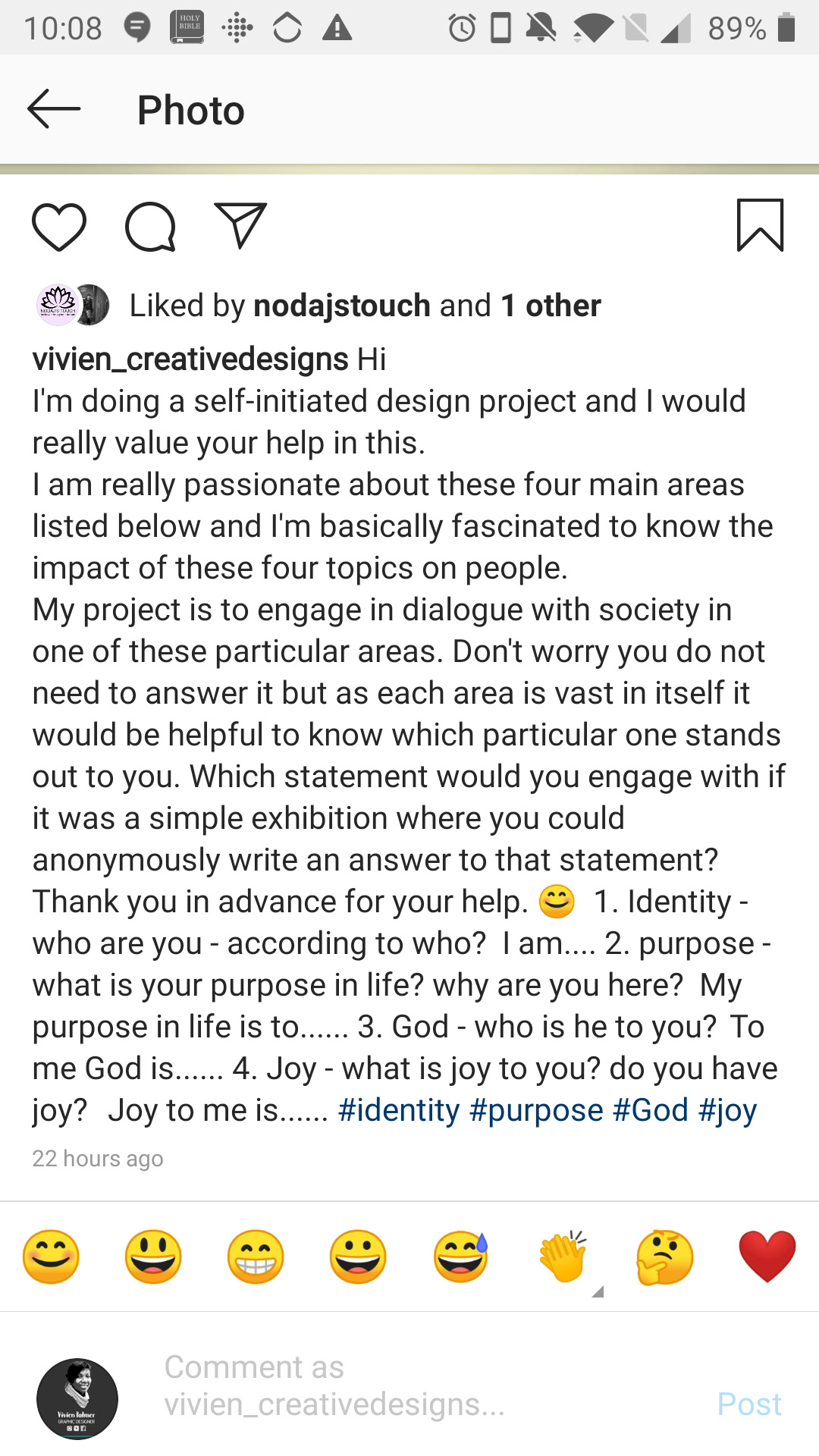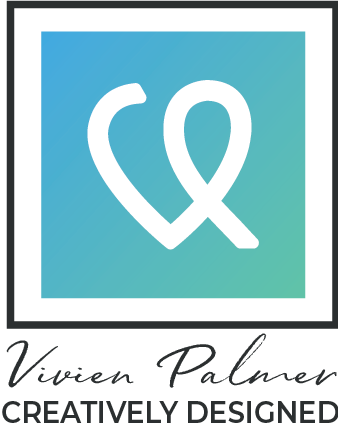I read somewhere that great creative projects start with a great design brief, and this has certainly been the case with my self-initiated project. This module has demonstrated not only the necessity of having a design brief but also the art of crafting one.
If done well, a design brief should be like a blueprint for a project idea, providing directions for goals and strategy of a creative project. Canva demonstrates an example of how to create a design brief.
Below is a brief snapshot of my definitive design brief and the process I used to write it:
Created a word draft summary of my intended project, listing the key preoccupations and concerns it would address, its intended audience, and the range of media and processes that might be used to facilitate this.
My ideation process
Through this ideation process I recognised there were a few directions I could take my project in. Therefore, in testing out my project ideas initially on a varied audience it helped me to analyse the audience participation, and the most effective medium to ascertain feedback as well as highlight the areas that have the most impact in their lives.

Using Instagram

Feedback results below.
The survey feedback enabled me to refine my project ideas to two distinct areas - Identity and Purpose as they were the areas most people engaged with. Fortunately, these were also the two areas I am most passionate about and have lead well into the formulation of an outline creative brief.
For my initial draft brief, my aim was to develop a successful end product that resolves, in some way, the problem identified by the brief. However, through feedback and testing the brief it is apparent that crafting a successful brief is an art in itself and one that is not brief... but a working progress.
Thank you for sharing!
